AI Image Generation for Designers: Opportunities & Challenges
AI Image Generation: Opportunities and Challenges for Designers
The design industry stands at a pivotal crossroads as artificial intelligence image generation technology reshapes fundamental aspects of creative work, professional workflows, and client relationships. For designers worldwide, AI represents both an unprecedented opportunity to enhance creative capabilities and a significant challenge to traditional business models and professional identity.
Understanding how to navigate this transformation is crucial for design professionals who want to remain competitive while maintaining the human elements that make their work valuable and irreplaceable. The emergence of AI tools doesn't signal the end of design careers, but rather the beginning of a new era requiring adaptation, strategic thinking, and creative evolution.
This comprehensive analysis explores both the promising opportunities and serious challenges that AI image generation presents to designers, providing practical insights and strategic guidance for thriving in an AI-enhanced creative landscape while preserving the essential human elements that define exceptional design work.
The Current State of AI in Design
Rapid Technology Adoption
Design agencies and independent professionals are increasingly integrating AI image generation tools into their workflows, with adoption rates accelerating dramatically as tools become more sophisticated and accessible to creative professionals.
Major design software companies are incorporating AI capabilities directly into established creative applications, making these technologies seamlessly available within familiar professional environments and existing project workflows.
Client expectations are evolving rapidly as AI-generated content becomes mainstream, creating pressure for designers to deliver faster turnaround times while maintaining quality standards and creative excellence that justify professional fees.
The democratization of design tools through AI has created new competitive dynamics, as non-designers can now produce visually appealing content that previously required professional expertise and specialized training.
Industry Transformation Indicators
Freelance platforms report significant changes in project types and client expectations, with increasing demand for AI-assisted design services and hybrid approaches combining human creativity with artificial intelligence capabilities.
Design education programs are beginning to incorporate AI tools and concepts into curricula, recognizing the need to prepare future designers for technology-integrated professional environments and evolving industry standards.
Professional design organizations and industry publications are actively addressing AI's impact through conferences, articles, and professional development programs focused on adaptation and strategic positioning.
Client budgets and project scopes are shifting as AI tools change cost structures and time requirements, creating both opportunities for expanded services and pressure on traditional pricing models.
Unprecedented Opportunities for Designers
Enhanced Creative Productivity
AI image generation dramatically accelerates initial concept development, allowing designers to explore dozens of creative directions within hours rather than days, fundamentally changing project timelines and creative exploration possibilities.
Rapid prototyping becomes feasible for complex visual concepts that would previously require extensive time investments, enabling more thorough creative exploration within existing project budgets and client expectations.
Designers can now test multiple aesthetic approaches, color schemes, and compositional ideas quickly, leading to more informed creative decisions and better final outcomes for clients and projects.
The speed of AI generation enables real-time creative collaboration during client meetings, allowing immediate visualization of requested changes and alternative approaches that enhance client communication and satisfaction.
Expanded Service Offerings
AI tools enable designers to offer services previously outside their capabilities, such as rapid custom illustration, stock photography alternatives, and specialized imagery for niche industries and specific client needs.
Small design studios can compete with larger agencies by leveraging AI to produce diverse content types without hiring specialists, expanding their market reach and service capabilities significantly.
Designers can provide more comprehensive brand identity services by generating multiple logo concepts, brand imagery, and marketing materials within single project engagements, increasing project value and client satisfaction.
New hybrid services combining human creative direction with AI execution create unique value propositions that differentiate forward-thinking designers from traditional competitors and AI-only solutions.
Cost-Effective Resource Solutions
AI generation eliminates the need for extensive stock photography purchases, commissioned illustrations, or expensive photo shoots for many design projects, improving profit margins and client cost-effectiveness.
Designers can provide custom imagery for clients who previously couldn't afford original photography or illustration, expanding market opportunities and making professional design services accessible to smaller businesses.
International projects benefit from AI's ability to generate culturally appropriate imagery without the logistics and costs of global photography or illustration sourcing, streamlining international client relationships.
Seasonal and time-sensitive projects become more feasible when visual content can be generated quickly rather than sourced through traditional methods with longer lead times and higher costs.
Creative Inspiration and Breakthrough
AI tools serve as powerful creative catalysts, generating unexpected combinations and artistic approaches that inspire new directions and overcome creative blocks that occasionally challenge even experienced designers.
Exploring AI-generated variations often reveals creative possibilities that designers might not have considered independently, expanding artistic horizons and developing more diverse creative portfolios.
The technology enables experimentation with styles, techniques, and aesthetic approaches outside designers' comfort zones, fostering professional growth and expanded creative capabilities.
AI-generated imagery can serve as starting points for traditional design techniques, creating hybrid approaches that combine artificial intelligence efficiency with human artistic refinement and professional polish.
Significant Professional Challenges
Market Disruption and Competition
Non-designers using AI tools can now produce visually appealing content that competes with entry-level professional work, creating downward pressure on prices for basic design services and commodity projects.
Clients may question the value of professional design services when AI tools can generate impressive results quickly and cheaply, requiring designers to articulate and demonstrate their unique value propositions clearly.
The abundance of AI-generated content may lead to visual homogenization, making it challenging for designers to create distinctive work that stands out in increasingly crowded visual landscapes.
Traditional design pricing models face pressure as AI tools change time requirements and cost structures, forcing professionals to reconsider their business models and value propositions.
Professional Identity and Value Concerns
Many designers struggle with questions about authenticity, creativity, and professional purpose when AI can replicate aspects of their work that previously required human expertise and artistic training.
The role of designers is evolving from pure creators to creative directors and AI collaborators, requiring psychological adjustment and new skill development that some professionals find challenging.
Client education becomes crucial as designers must explain why human involvement remains valuable even when AI can generate impressive visual content independently.
Professional credibility and portfolio presentation become more complex when incorporating AI-generated work, requiring clear communication about process, contribution, and added value.
Technical Learning and Adaptation Requirements
Mastering AI tools requires significant time investment and continuous learning as technology evolves rapidly, adding to already demanding professional development requirements for staying current.
Understanding AI capabilities and limitations becomes essential for effective tool selection and application, requiring technical knowledge beyond traditional design skills and artistic training.
Integrating AI tools into existing workflows requires process redesign and often significant changes to established professional practices and client communication methods.
Keeping current with multiple AI platforms, updates, and new capabilities becomes an ongoing professional requirement similar to mastering new software versions or design trends.
Ethical and Legal Considerations
Copyright and intellectual property questions surrounding AI-generated content create legal uncertainties that designers must navigate carefully in professional practice and client relationships.
Using AI training data that may include copyrighted material raises ethical questions about indirect intellectual property usage and appropriate credit or compensation for original creators.
Client education about AI limitations, potential copyright issues, and appropriate usage becomes a professional responsibility that adds complexity to project management and client relationships.
Professional liability and quality assurance become more complex when incorporating AI-generated elements into commercial design work, requiring new approaches to risk management and professional insurance.
Strategic Adaptation Approaches
Skill Development and Professional Evolution
Successful designers are developing AI literacy as a core professional competency, learning to work effectively with AI tools while maintaining their creative leadership and strategic thinking roles.
Focusing on uniquely human skills like strategic thinking, cultural understanding, emotional intelligence, and client relationship management creates sustainable competitive advantages over AI-only solutions.
Developing expertise in prompt engineering, AI tool selection, and result optimization becomes as important as traditional design skills for maintaining professional effectiveness and client value.
Building hybrid workflows that combine AI efficiency with human creativity, quality control, and strategic oversight creates powerful competitive advantages and enhanced service offerings.
Business Model Innovation
Forward-thinking designers are restructuring their services around creative strategy, art direction, and brand development rather than pure execution, emphasizing high-value human contributions.
Offering AI-assisted design services as premium offerings allows designers to provide more value within existing budgets while maintaining professional fee structures and profit margins.
Developing specialized expertise in AI tool application for specific industries or design challenges creates niche market opportunities and sustainable competitive differentiation.
Creating educational content, consulting services, and training programs around AI integration provides additional revenue streams while establishing thought leadership and professional credibility.
Client Relationship Management
Educating clients about AI capabilities and limitations helps set appropriate expectations while demonstrating the continued value of professional design expertise and human oversight.
Positioning AI as a powerful tool that enhances rather than replaces human creativity helps clients understand the value of professional involvement and strategic guidance.
Transparent communication about AI usage in projects builds trust while helping clients understand the process and value of hybrid human-AI creative approaches.
Developing clear policies and communication strategies around AI usage helps manage client expectations and professional liability while maintaining creative credibility.
Quality Control and Professional Standards
Establishing rigorous quality control processes for AI-generated content ensures professional standards are maintained while leveraging the efficiency benefits of artificial intelligence tools.
Developing expertise in refining, customizing, and enhancing AI-generated content creates value-added services that justify professional involvement and maintain quality differentiation.
Creating systematic approaches to AI tool selection, result evaluation, and output optimization ensures consistent quality and professional reliability across projects and clients.
Building knowledge libraries of effective techniques, successful approaches, and platform-specific insights accelerates project development while maintaining professional expertise and competitive advantages.
Industry-Specific Impact Analysis
Graphic Design and Branding
Brand identity design benefits significantly from AI's ability to generate multiple logo concepts and visual identity elements quickly, enabling more thorough exploration within project timelines and budgets.
However, strategic brand thinking, market positioning, and cultural understanding remain fundamentally human contributions that AI cannot replicate effectively, preserving core professional value.
Packaging design and marketing materials benefit from AI-generated lifestyle imagery and product photography alternatives, reducing costs and timeline requirements for commercial projects.
The challenge lies in maintaining brand consistency and strategic alignment across AI-generated elements while ensuring legal compliance and trademark appropriateness for commercial applications.
Web and Digital Design
User interface design benefits from AI-generated iconography, illustrations, and visual elements that complement strategic UX thinking and user experience optimization.
Website imagery and digital marketing content can be produced more efficiently through AI generation, enabling more comprehensive visual strategies within existing project budgets.
However, user experience strategy, accessibility considerations, and conversion optimization remain distinctly human expertise areas that require professional knowledge and strategic thinking.
The challenge involves integrating AI-generated visual elements seamlessly into user-centered design processes while maintaining usability standards and strategic effectiveness.
Advertising and Marketing Design
Campaign concept development accelerates dramatically with AI's ability to generate multiple creative directions and visual approaches for testing and client presentation purposes.
Social media content creation benefits from AI's ability to produce platform-specific imagery at scale, enabling more comprehensive content strategies and consistent brand presence.
Print advertising and promotional materials can incorporate custom AI-generated imagery that would previously require expensive photography or illustration commissioning.
The challenge lies in maintaining creative originality and brand differentiation when AI tools become widely accessible to competitors and may lead to similar visual approaches.
Editorial and Publishing Design
Book covers, magazine layouts, and editorial illustrations benefit from AI's ability to generate custom imagery that perfectly matches content themes and editorial requirements.
Self-publishing and independent publishers gain access to professional-quality imagery that was previously cost-prohibitive, democratizing high-quality publication design.
Educational materials and technical publications can incorporate AI-generated diagrams, illustrations, and visual explanations that enhance content without expensive commissioned artwork.
The challenge involves maintaining editorial integrity and accuracy while ensuring AI-generated content appropriately represents subjects and maintains publication quality standards.
Future Opportunities and Trends
Emerging Technology Integration
Advanced AI tools will likely integrate more seamlessly with existing design software, creating hybrid workflows that feel natural and enhance rather than disrupt established creative processes.
Real-time AI assistance during creative work may become standard, providing instant feedback, suggestions, and alternatives that accelerate decision-making and enhance creative exploration.
Collaborative AI systems that learn individual designer preferences and work styles could provide personalized assistance that amplifies unique creative approaches rather than homogenizing design output.
Mobile and cloud-based AI tools will make advanced creative capabilities accessible anywhere, enabling new forms of creative collaboration and client interaction that transcend traditional workflow limitations.
New Service Categories
AI creative direction services may emerge as designers specialize in managing and optimizing AI tools for specific industries, creative challenges, or aesthetic approaches.
Hybrid consulting services combining strategic design thinking with AI implementation expertise could serve businesses seeking to integrate AI into their internal creative processes effectively.
Educational and training services around AI creative tools represent growing market opportunities as businesses and individuals seek to develop capabilities in this rapidly evolving field.
Quality assurance and refinement services for AI-generated content may become specialized offerings as businesses seek professional oversight for AI-assisted creative projects.
Market Evolution Predictions
The design industry will likely stratify into tiers, with high-end strategic work commanding premium prices while routine design tasks become commoditized through AI automation.
Successful designers will increasingly function as creative directors and strategic advisors rather than pure executors, requiring corresponding skill development and professional positioning.
Client expectations will continue evolving toward faster delivery and more comprehensive services, creating opportunities for designers who can effectively leverage AI to meet these demands.
Global competition may intensify as AI tools reduce geographical barriers to creative services, but cultural understanding and local market knowledge will remain valuable differentiators.
Practical Implementation Strategies
Technology Adoption Planning
Approach AI tool adoption systematically, starting with low-risk applications and gradually expanding usage as comfort and expertise develop through hands-on experience and professional development.
Invest time in learning multiple AI platforms to understand their respective strengths and applications, building a toolkit that can address diverse project requirements and creative challenges.
Develop standard operating procedures for AI integration that maintain quality control while maximizing efficiency benefits and ensuring consistent professional standards across projects.
Create budget allocations for ongoing AI tool subscriptions and training, treating technology adaptation as essential professional development similar to software updates and continuing education.
Client Communication Strategies
Develop clear policies about AI usage disclosure that build trust while educating clients about the value of professional oversight and creative direction in AI-assisted projects.
Create portfolio presentations that effectively demonstrate the value added through human involvement in AI-assisted work, showing before-and-after examples and process documentation.
Prepare standard explanations about AI capabilities and limitations that help clients understand when AI tools are appropriate and when traditional methods provide superior results.
Build contract language that addresses AI usage, intellectual property considerations, and quality standards while protecting both designer and client interests in collaborative projects.
Professional Development Focus Areas
Prioritize learning prompt engineering, AI tool optimization, and result refinement techniques that create competitive advantages and improve project outcomes consistently.
Develop expertise in combining multiple AI tools and integrating AI-generated content with traditional design techniques for superior final results that justify professional involvement.
Build knowledge in emerging areas like AI ethics, copyright law, and professional liability as they relate to AI-assisted creative work and commercial applications.
Cultivate strategic thinking skills, brand development expertise, and client consultation capabilities that remain fundamentally human and provide sustainable competitive advantages.
Conclusion
The integration of AI image generation into professional design practice represents one of the most significant technological shifts in the creative industries since the advent of digital design tools and desktop publishing systems.
Success in this evolving landscape requires embracing AI as a powerful creative partner while doubling down on uniquely human contributions like strategic thinking, cultural understanding, and emotional intelligence that AI cannot replicate.
Designers who approach this transition strategically, focusing on adaptation rather than resistance, will find unprecedented opportunities to enhance their creative capabilities, expand their service offerings, and serve clients more effectively than ever before.
The future belongs to designers who can seamlessly blend human creativity with artificial intelligence capabilities, creating hybrid approaches that deliver superior results while maintaining the authentic human connection that makes design work meaningful and valuable.
Rather than viewing AI as a threat, forward-thinking designers are discovering that these tools amplify human creativity and enable new forms of professional expression that were previously impossible, opening exciting possibilities for creative careers and professional growth.
The key lies in continuous learning, strategic adaptation, and maintaining focus on the human elements of design work that clients truly value: insight, strategy, cultural understanding, and the ability to translate business goals into compelling visual communication that resonates with real human audiences.
Read also: Create Professional Logos for Free Using AI Image Tools



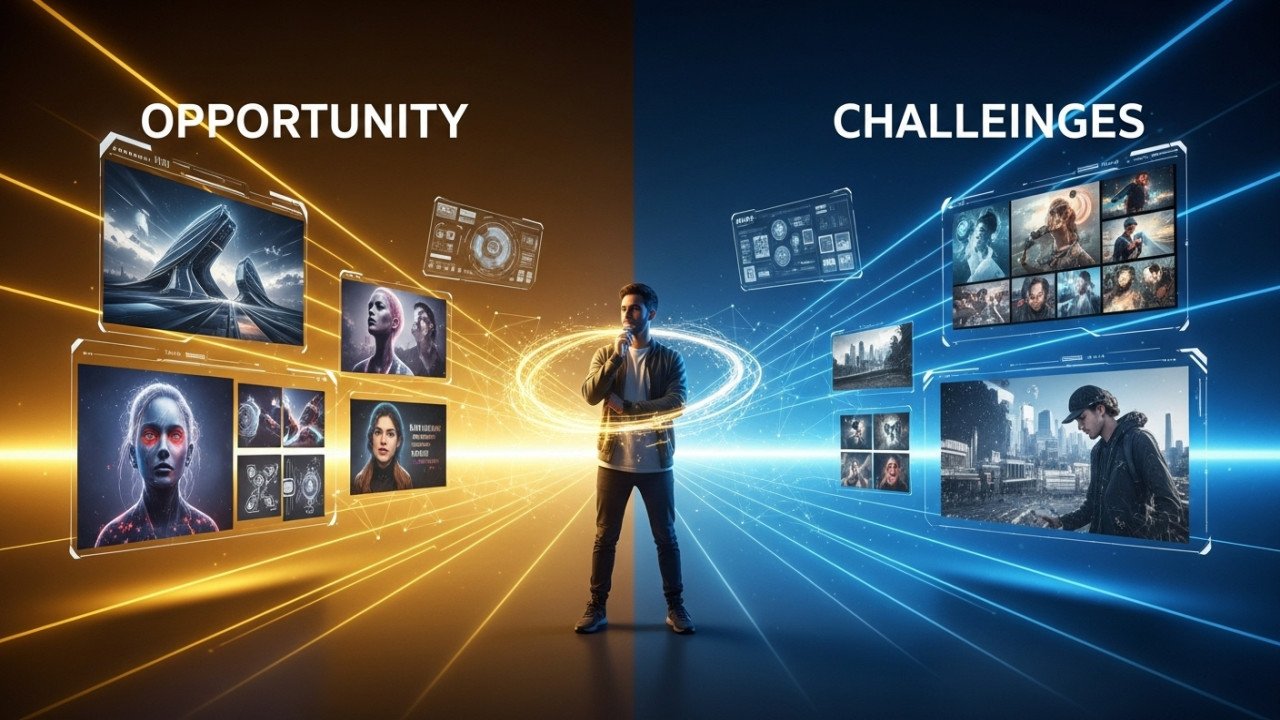
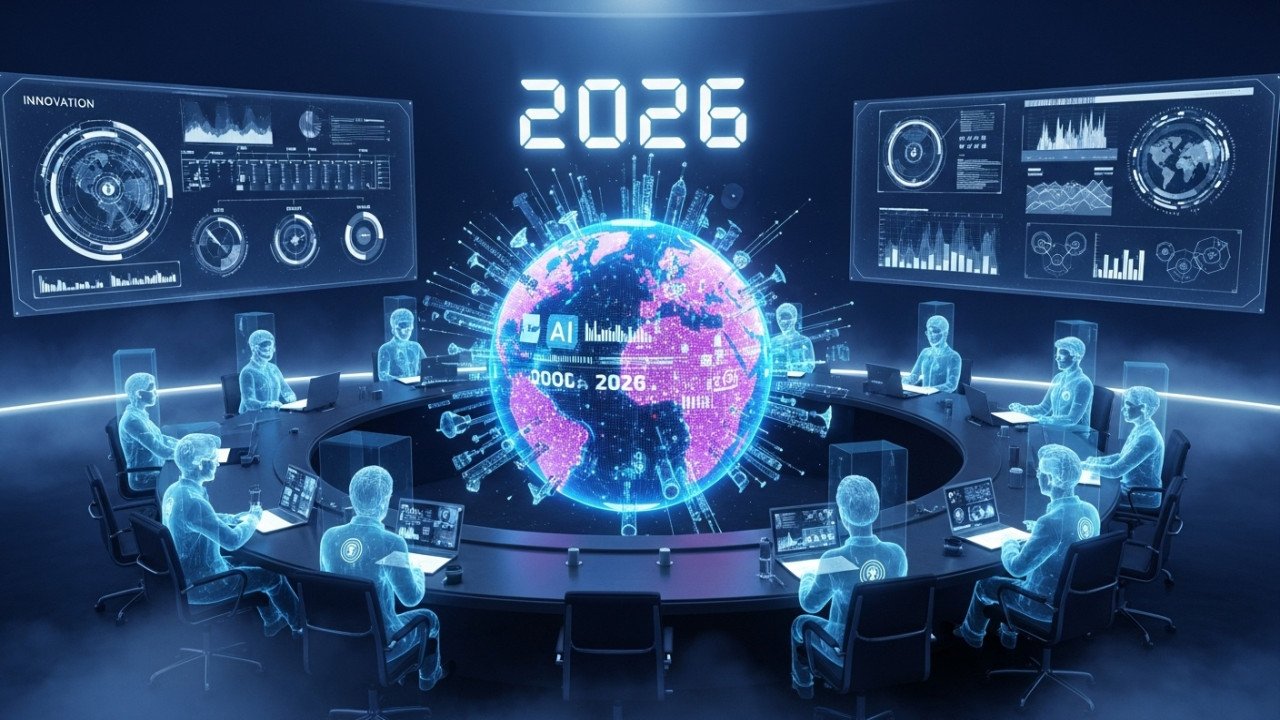


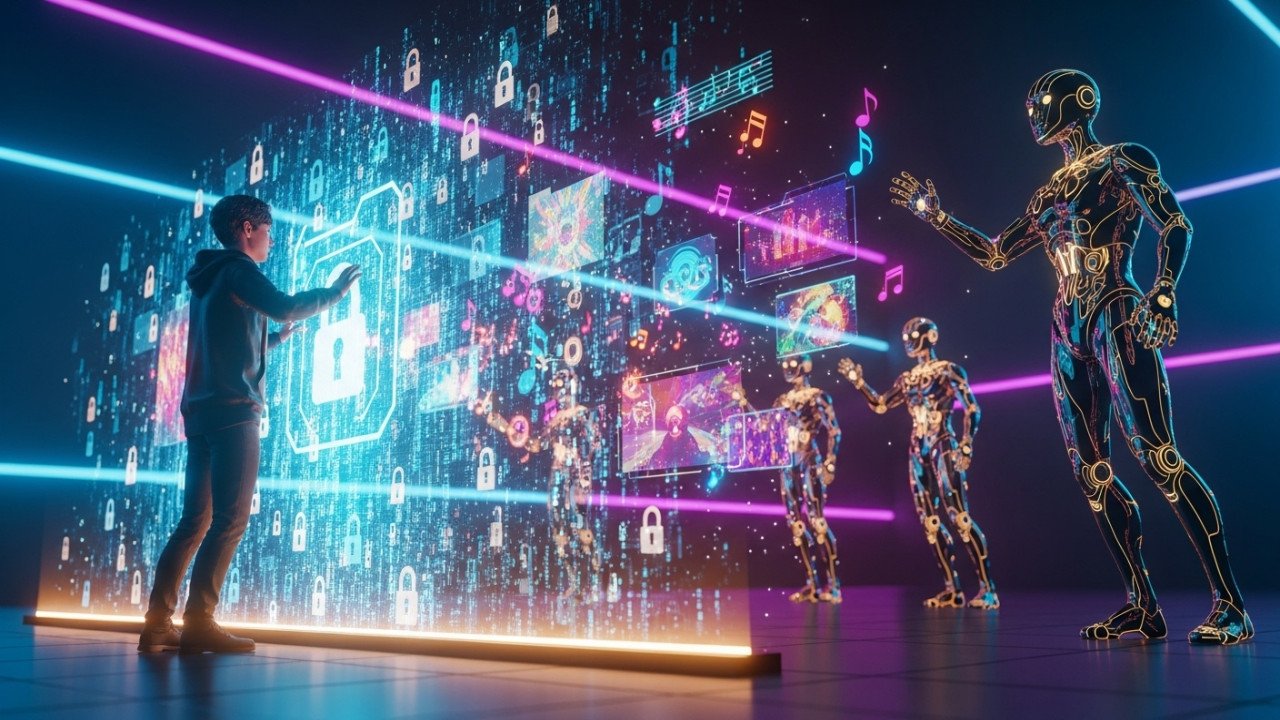
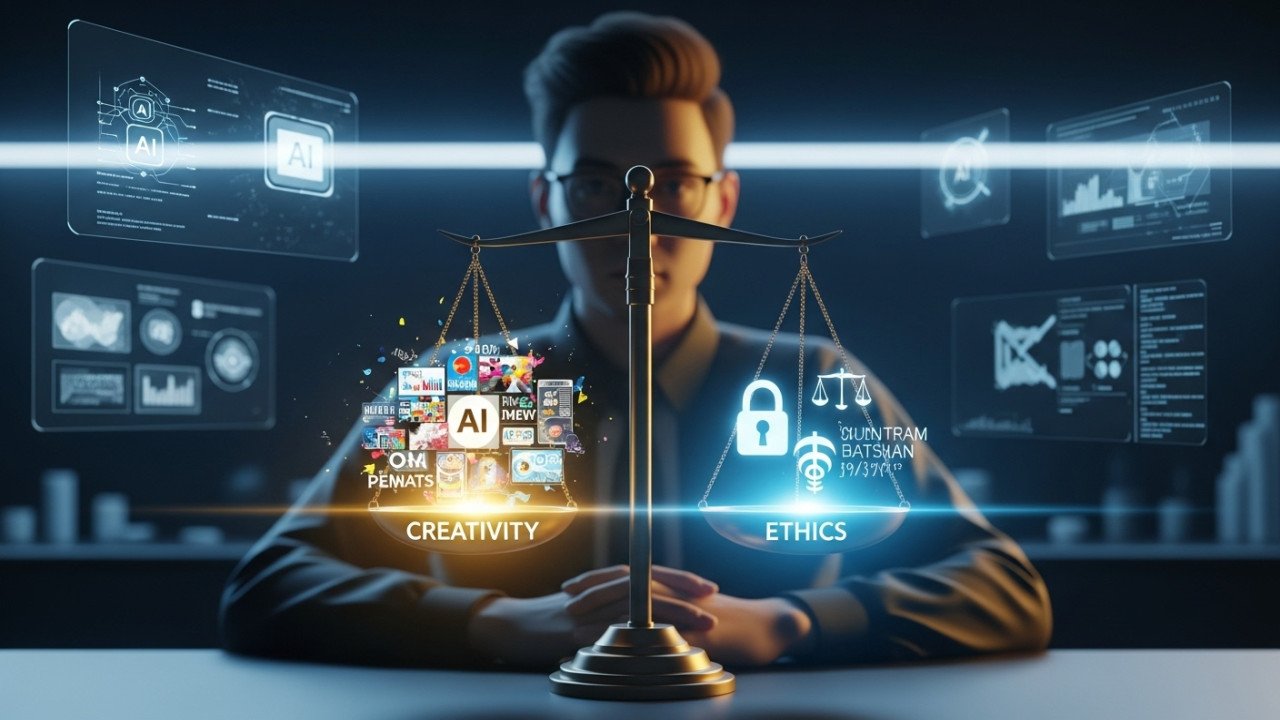
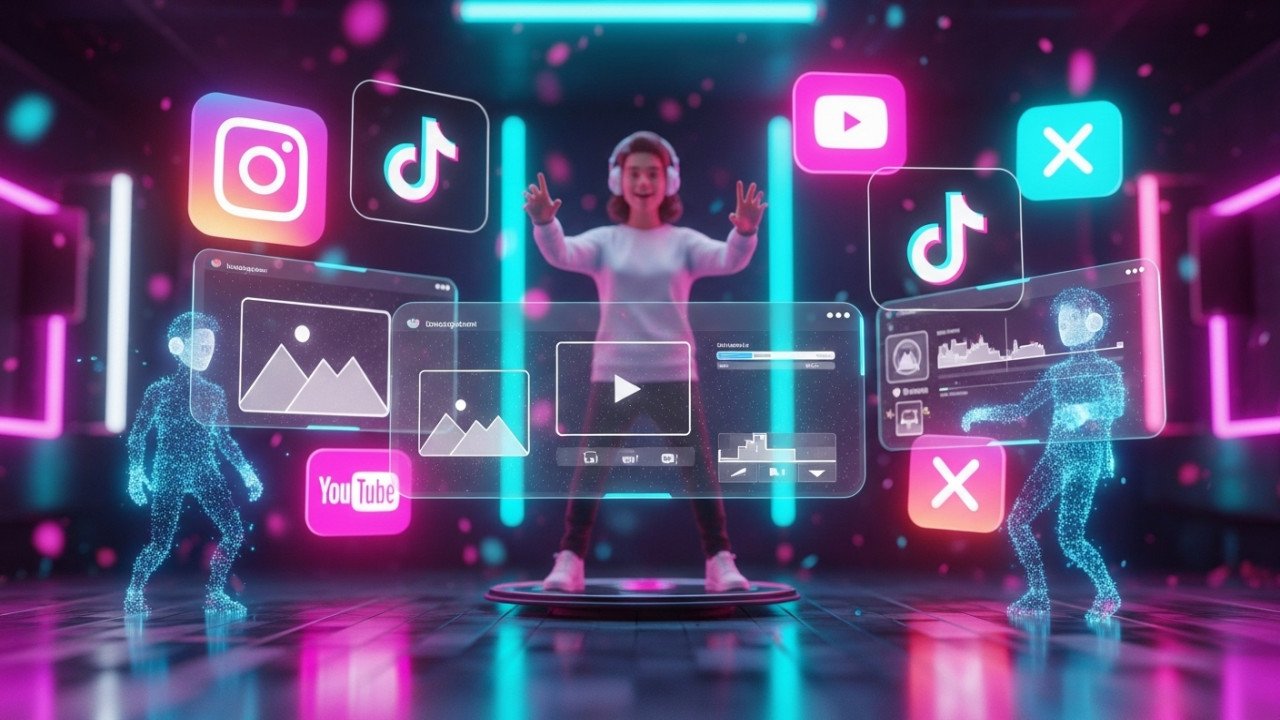
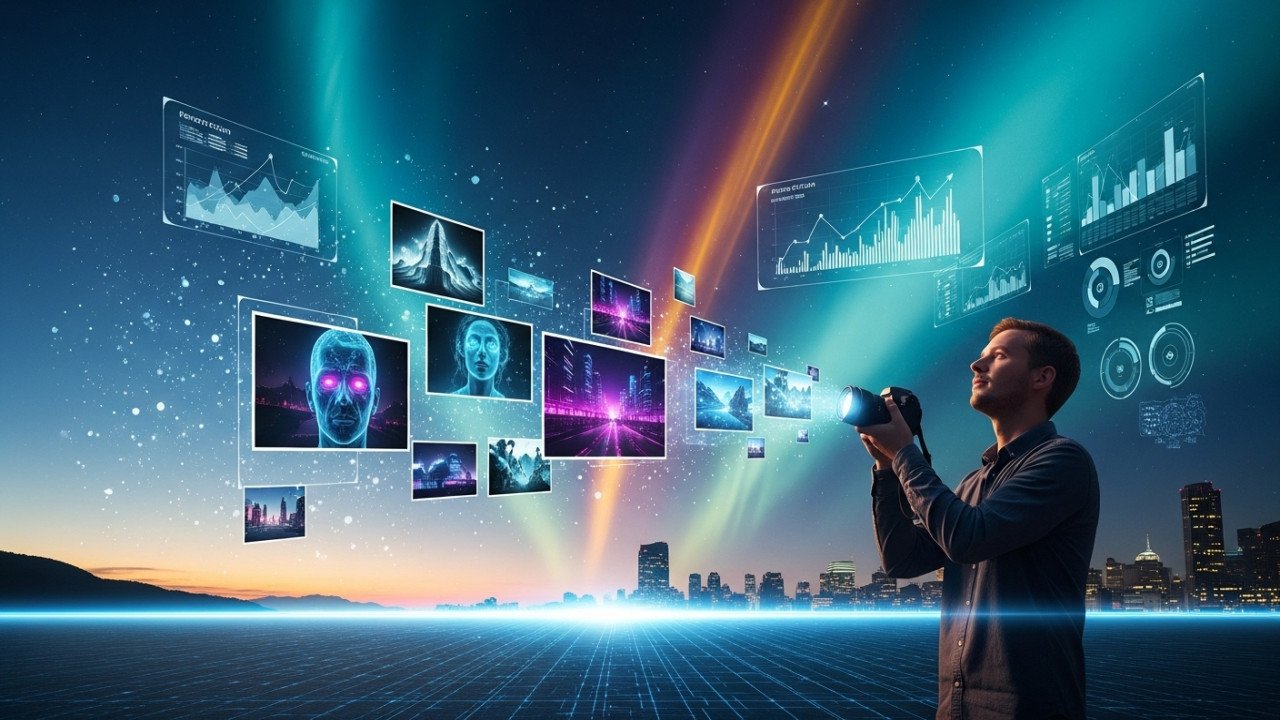
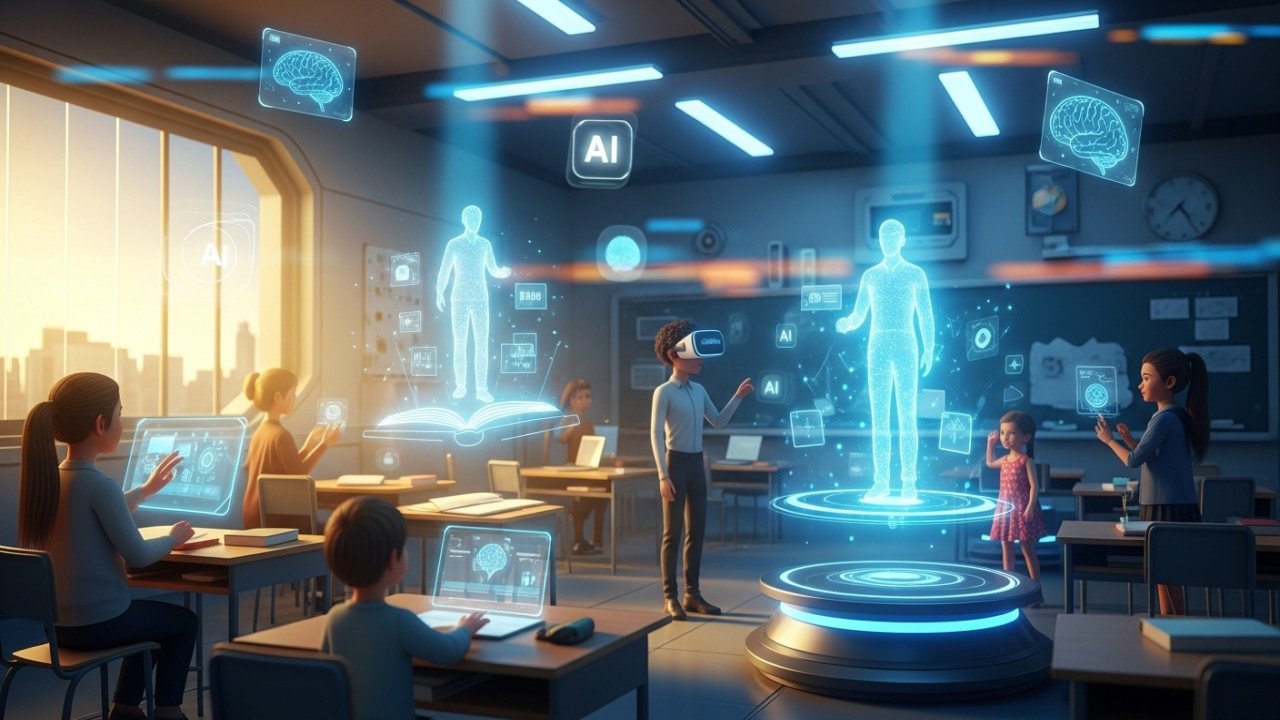
Comments (0)
No comments found